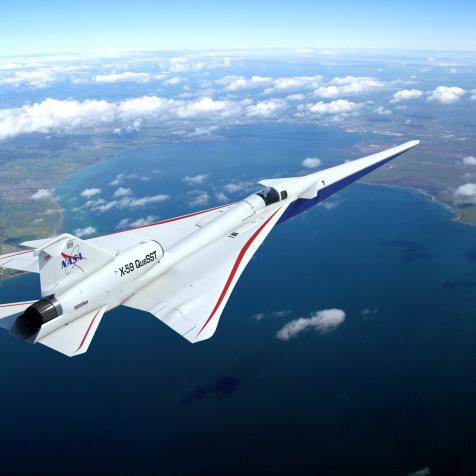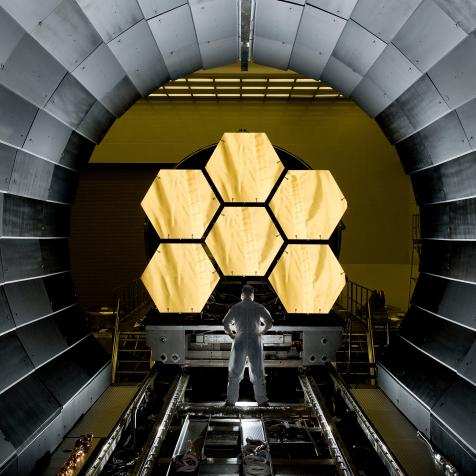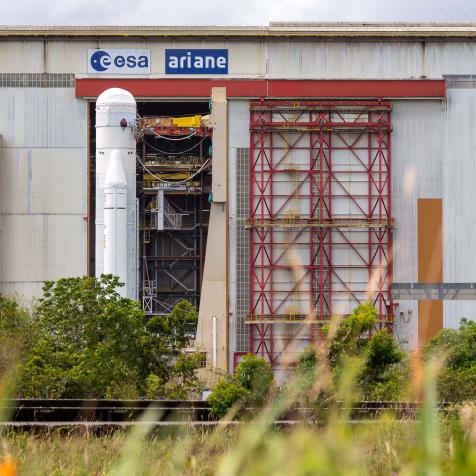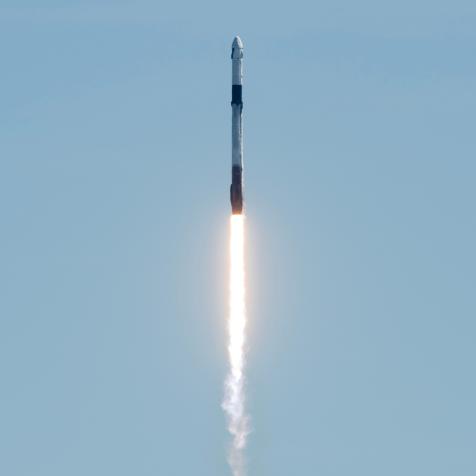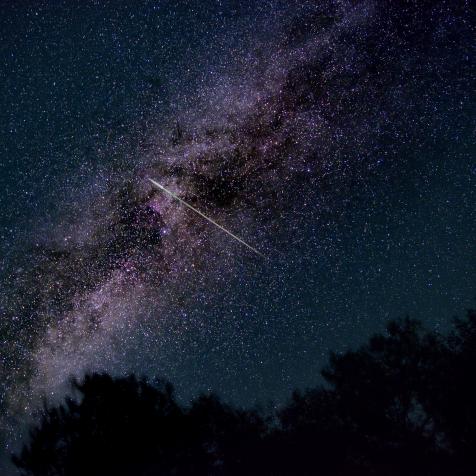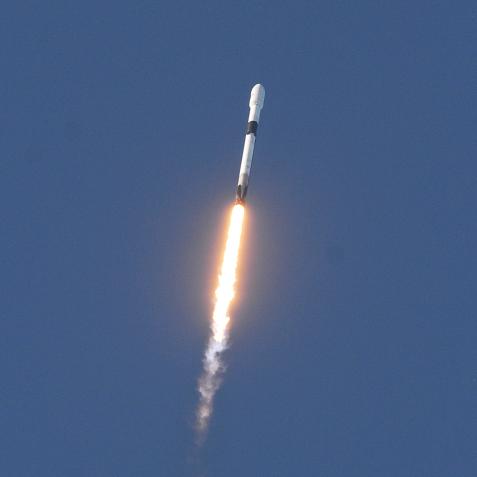
Polaris Program / John Kraus
This All-Civilian Space Mission Wants to Achieve the Highest Human Orbit Ever

Last year marked a fascinating turning point in the history of spaceflight. For the first time ever, more civilians went into space than professional ones. The private companies Virgin Galactic, Blue Origins, and SpaceX all offer seats for sale, with missions as brief as just a few minutes to as long as a few days.
One of those missions was funded by Jared Isaacman, the 39-year-old billionaire founder of the Shift4 payment processing company (and no, I’ve never heard of it either). In September 2021, Isaacman and three crewmates took to the skies in the Inspiration4 mission, which saw them hang out in Earth orbit for three days aboard a SpaceX Dragon capsule before returning safely back to the surface.
That mission didn’t have the most significant scientific value, but it did serve as a template for future space tourism projects.

Joe Raedle
Inspiration4 crew member Jared Isaacman waves to the crowd as he prepares to leave for their flight on the SpaceX Falcon 9 rocket and Crew Dragon at launch Pad 39A at NASA's Kennedy Space Center on September 15, 2021 in Cape Canaveral, Florida.
And apparently, once Isaacman got a taste of space, he couldn’t get enough. Recently he announced the funding of a further three SpaceX missions, which he has dubbed the “Polaris Program.”
The first of the Polaris Program missions, which of course is named “Polaris Dawn” (though I sincerely doubt that this naming convention will follow through to “Polaris High Noon” and finish with “Polaris Sunset”), is set to launch in November or December of this year. They even have a cool mission patch and everything!
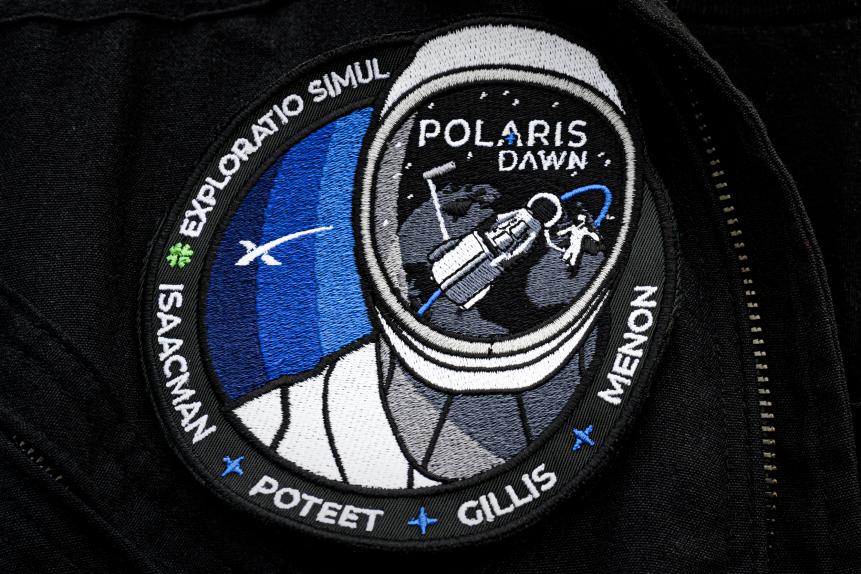
Polaris Program / John Kraus
The Polaris Dawn mission sets its sights on a couple of firsts. For starters, they hope to achieve the highest human orbit ever. While humans have gone further – to the Moon, specifically – the current record for orbital altitude is 853 miles, set by the Gemini 11 astronauts in 1966.
Besides getting some decent bragging rights (and the opportunity to wear the mission patch on all outer garments for perpetuity), the mission hopes to examine how the Van Allen Belts – a region of high-energy particles swirling around the Earth – affect human health. Although it’s not exactly clear to me how they plan to do that from the safety of the inside of the spacecraft.
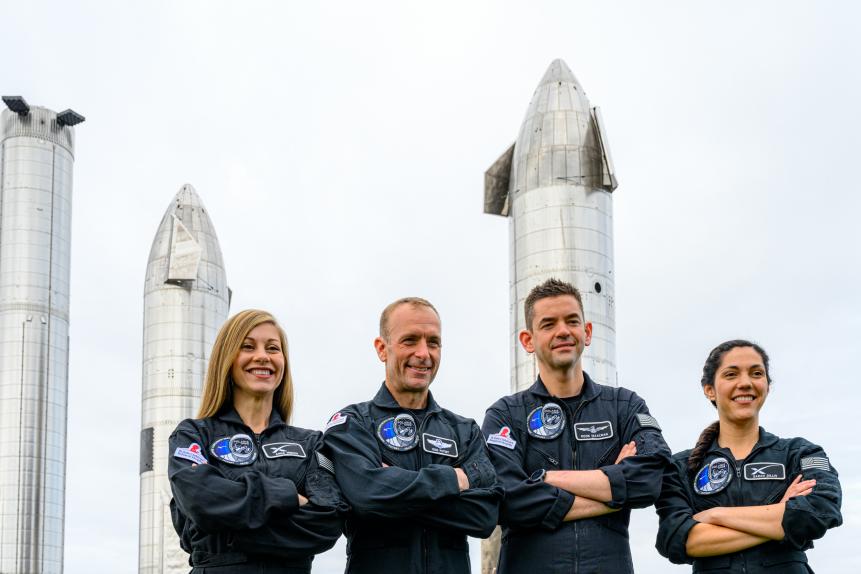
Polaris Program / John Kraus
But speaking of the inside of the spacecraft, the Polar Dawn crew also hopes to achieve the first-ever civilian spacewalk as one (or more) of them take a sojourn outside the capsule when they’re in a lower (and presumably safer) orbit.
I’m not skeptical about the mission itself – I’m sure it will be a blast – but the Polaris Dawn crew is not spending enough time in space to go beyond what we are already learning about when it comes to the effects of weightlessness on human bodies from the countless missions aboard the International Space Station. We are simply not going to learn a lot about anything from this mission, except that rich people can continue to buy tickets to space.
But I hope they have a good time (and I’ll admit I’m a tiny bit jealous).
Dive Deeper into the Cosmos
Journey Through the Cosmos in an All-New Season of How the Universe Works
The new season premieres on Science Channel and streams on discovery+.





































































